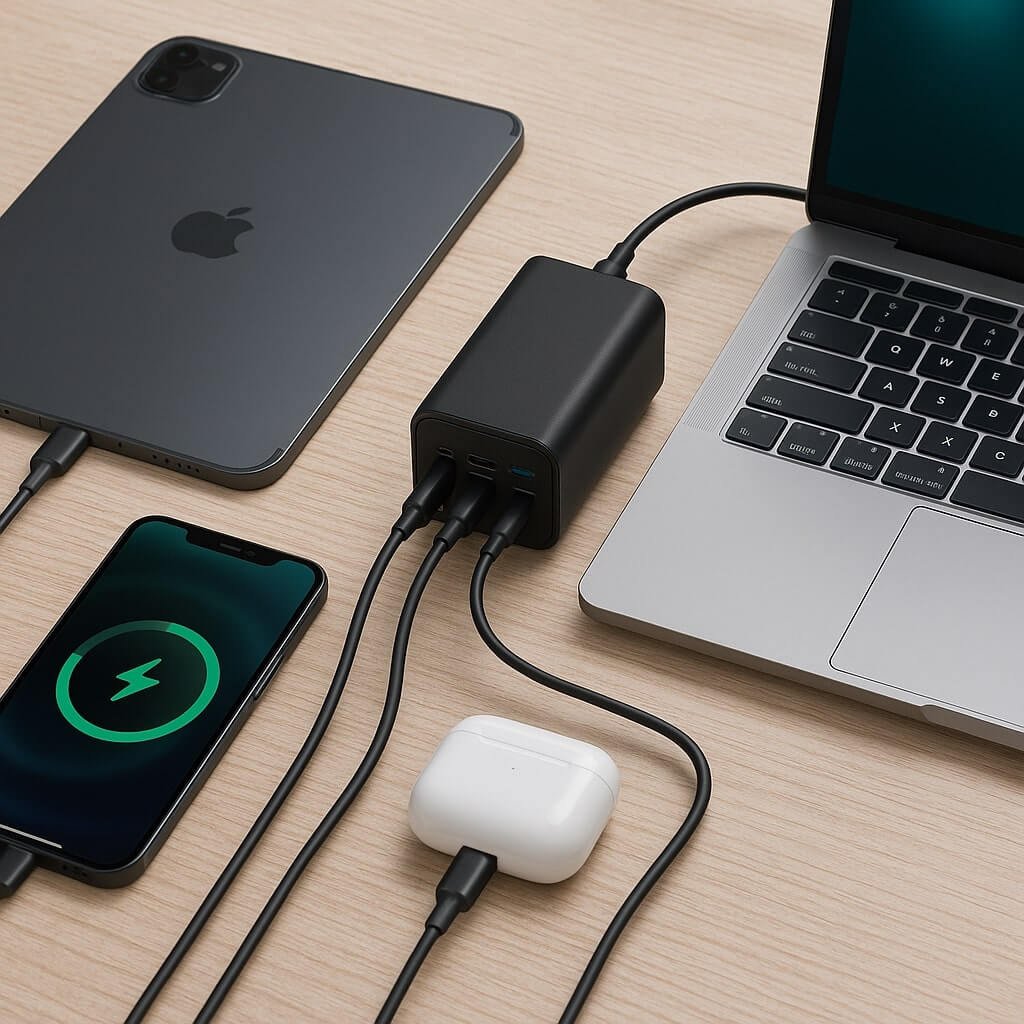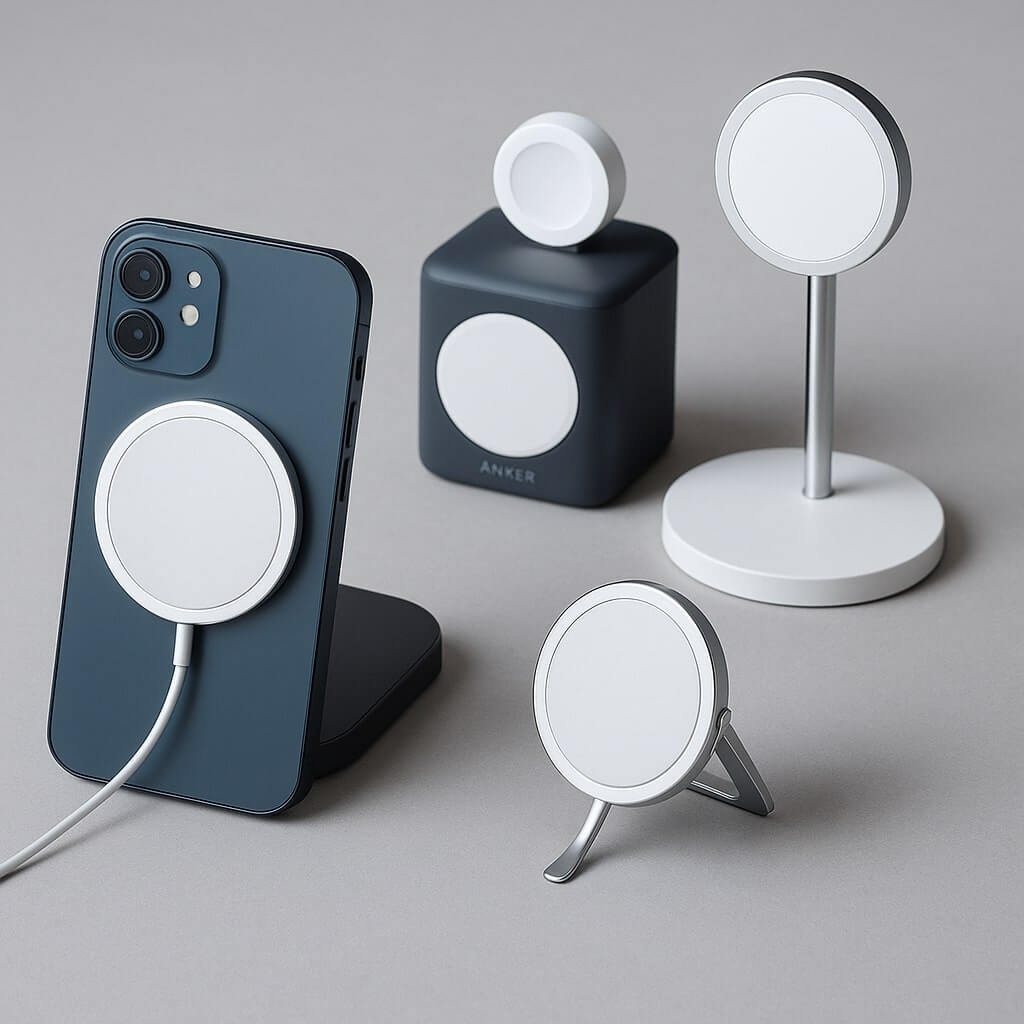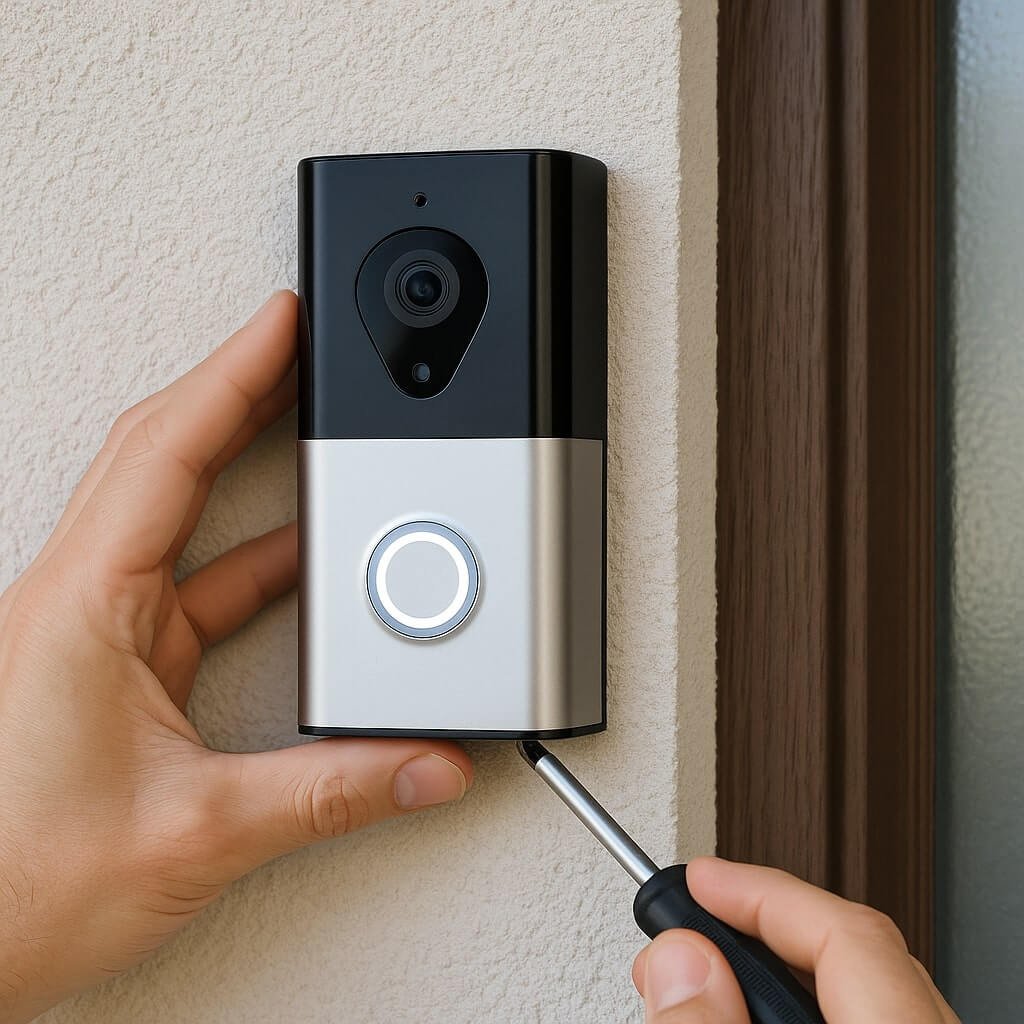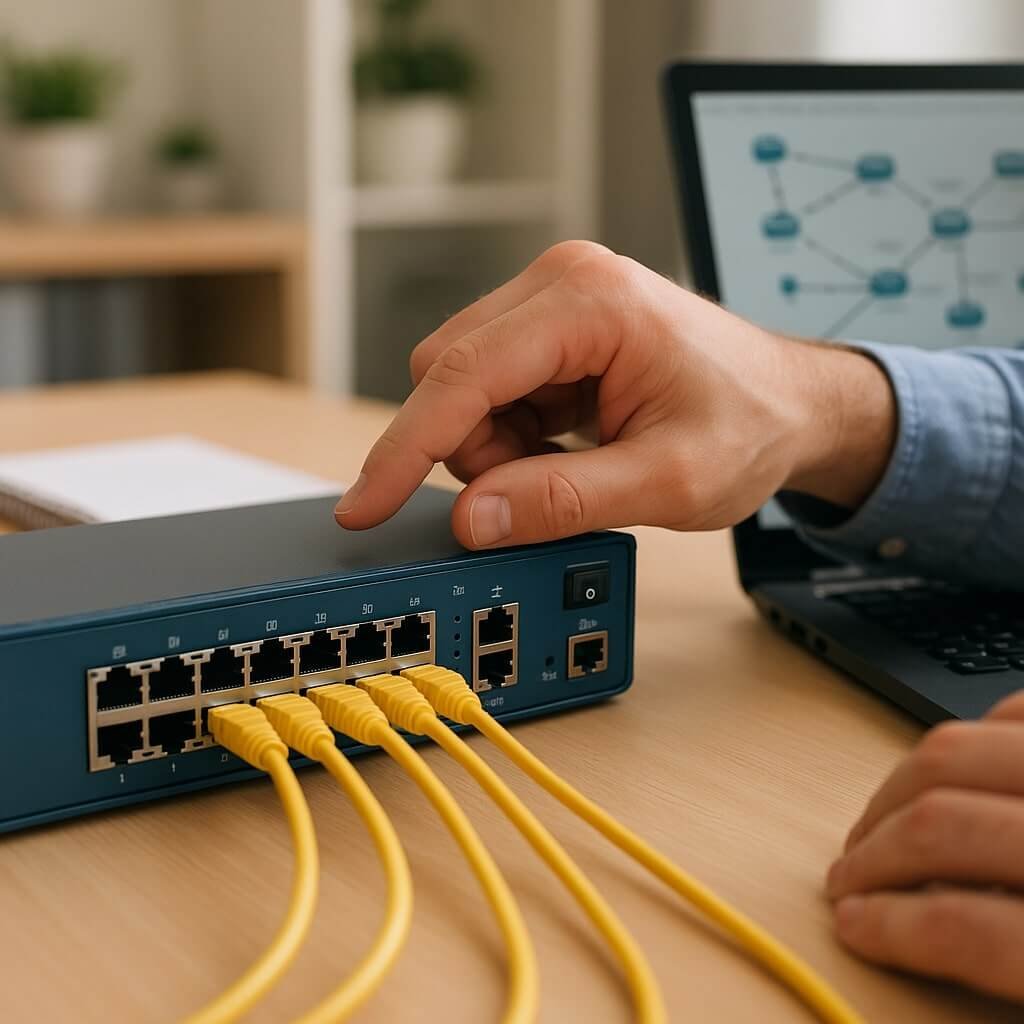In the modern digital age, we rely heavily on multiple electronic devices—smartphones, tablets, laptops, earbuds, smartwatches, and more. Keeping each of them charged can become a logistical nightmare, especially with a clutter of different cables and charging standards. Enter smart chargers—versatile, efficient, and intelligent power solutions that can charge all your devices with ease. This guide explores the best smart charging solutions, how they work, and what to look for when buying one.
What Is a Smart Charger?
A smart charger is a device designed to intelligently deliver power to one or more electronic gadgets based on their power requirements. These chargers are equipped with technologies such as Power Delivery (PD) and Qualcomm Quick Charge (QC) to optimise charging speed, minimise heat, and extend battery life.
Key Features of Smart Chargers:
- Multiple Ports: USB-A, USB-C, and sometimes wireless charging pads.
- Adaptive Charging: Adjusts output to match the connected device.
- Overload Protection: Prevents devices from overcharging or overheating.
- Compact Design: Perfect for travel or reducing desk clutter.
- Universal Compatibility: Works across Android, iOS, laptops, and even wearables.
Why You Need a Smart Charger for All Your Devices
1. Eliminate Clutter
Ditch the pile of cables and chargers. A single smart charger can power your phone, tablet, and laptop—all at once.
2. Boost Efficiency
Most smart chargers offer fast charging options that save you hours over traditional wall bricks.
3. Portability
Instead of carrying three or four chargers, you can bring one compact device on the go.
4. Energy Saving
Smart chargers are optimised to draw just the right amount of power, reducing waste and helping lower your electricity bill.
Best Types of Smart Chargers by Use Case
For Home Use
Look for models with 4–6 ports, including at least one USB-C PD port. Wall-mounted or hub-style chargers are ideal.
For Travel
Portable chargers with foldable plugs and multi-port functionality are best. Some also come with international plug adapters.
For Laptop & Power Users
Choose a smart charger with a 60W–100W output through USB-C PD for safe laptop charging.
For Wireless Enthusiasts
3-in-1 wireless charging pads can simultaneously power your phone, smartwatch, and earbuds—no cords needed.
Top Smart Charging Technologies Explained
1. USB Power Delivery (PD)
- Offers up to 100W of power.
- Ideal for laptops, tablets, and high-end smartphones.
- Negotiates power needs dynamically with the device.
2. Qualcomm Quick Charge
- Speeds up battery recharge with optimised voltage/current.
- Compatible mostly with Android devices.
3. GaN (Gallium Nitride) Chargers
- Smaller and more efficient than traditional silicon-based chargers.
- Can handle higher power levels in compact form factors.
Tips for Choosing the Right Smart Charger
- Check Device Compatibility: Make sure your charger supports the power needs of all your devices.
- Count the Ports: Aim for at least 3 ports if you use multiple devices daily.
- Look for Fast Charging Certifications: USB-PD, QC 3.0, or PPS support is ideal.
- Consider Build Quality: Reputable brands offer heat resistance and long-term reliability.
- Don’t Forget Port Layout: For desk use, front-facing ports may be more accessible than side-facing ones.
Frequently Asked Questions (FAQs)
Can a smart charger damage my devices?
No, reputable smart chargers use adaptive charging technology to match the ideal voltage and current for each device, preventing overcharging or damage.
Can I charge my laptop with a smart charger?
Yes, but ensure the charger has USB-C Power Delivery with at least 60W output for most laptops. MacBooks and newer Windows laptops often support PD charging.
Are GaN chargers better than regular chargers?
Yes, GaN chargers are more efficient, compact, and can safely deliver higher power, making them ideal for travel and high-performance use.
Do smart chargers work with both Android and iPhone?
Absolutely. Smart chargers are designed to be universally compatible, often featuring a mix of USB-A and USB-C ports that suit both ecosystems.
What is the difference between USB-C PD and Quick Charge?
USB-C PD is a universal standard mainly for higher power transfer (up to 100W), while Quick Charge is a proprietary technology focused on fast charging, mostly on Qualcomm-powered Android phones.
Final Thoughts
Smart chargers are not just convenient—they’re essential. With the rise in multi-device lifestyles, having one reliable, efficient charging station simplifies daily life. Whether you need a powerhouse for your home office or a compact solution for travel, there’s a smart charger perfectly suited for your setup.
Make the switch today and experience the freedom of charging all your devices from a single intelligent source.






